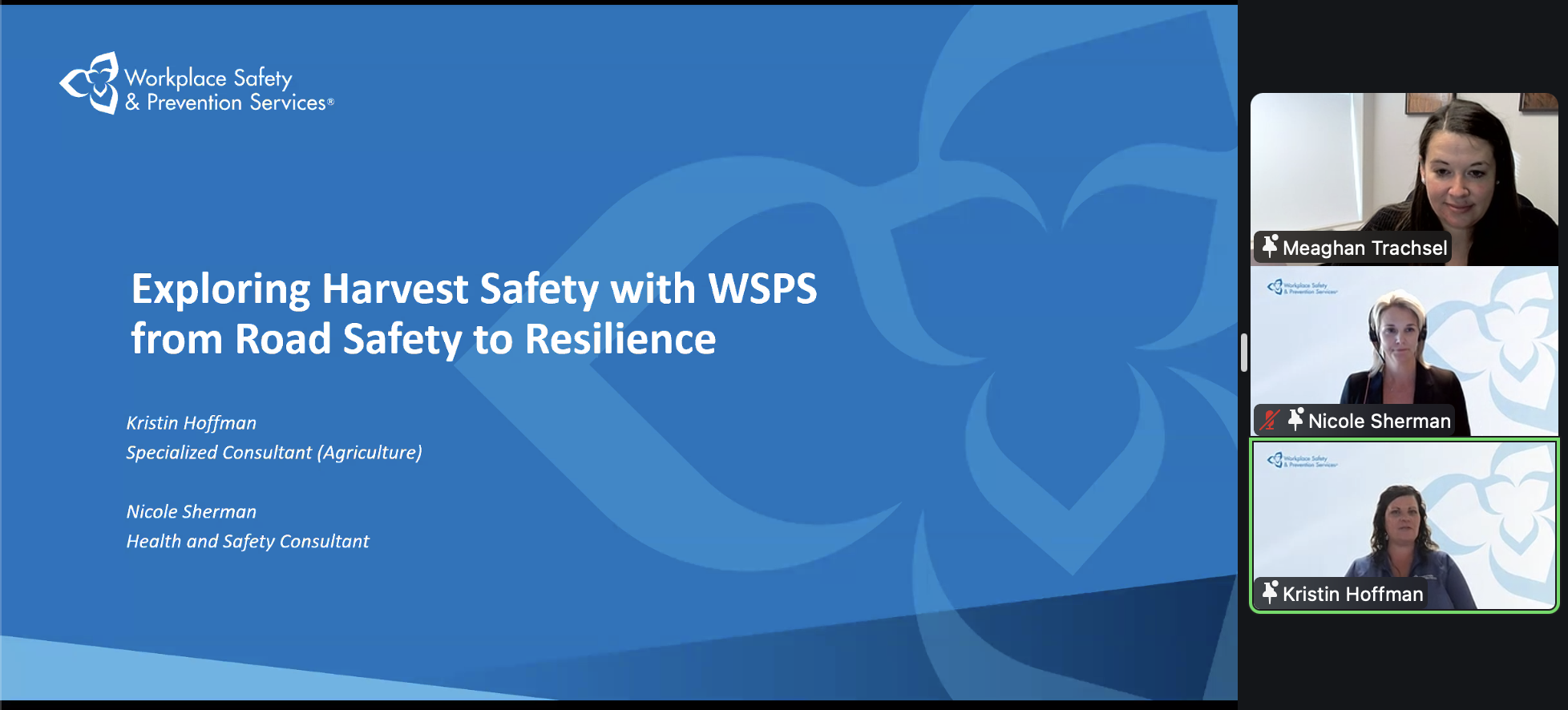CNS Canada — A shortfall in production seems to have made granular ammonium sulphate, the prime fertilizer used by canola growers in Western Canada, relatively scarce just weeks away from seeding.
“Last year (it was) $470 a tonne, now it’s $525 a tonne; if you can get it. Those were the words from my supplier,” said Dan Mazier, a grain grower at Justice, Man. and president of farm group Keystone Agricultural Producers.
As a replacement, producers can use ammonium thiosulfate (12-0-0-26S), said Mazier, who has previously worked in the fertilizer industry. However, he cautioned, there are drawbacks.
Read Also

Tips for staying safe this harvest season
Kristin Hoffman of WSPS explains measures for increased farm safety around harvest season
“It’s a liquid, so the problem is if they’re set up for (a dry dispersal) then it’s a big deal,” he said.
Farmers who are set up for dry systems are likely wondering how they can make the switch, he said. “You need different equipment.”
Producers growing other crops can generally get their hands on nitrogen supplies, said Norm Hall, a Wynyard, Sask. farmer and president of the Agricultural Producers Association of Saskatchewan.
There is a catch, he cautioned. “The supply is there, it’s just the price is stupid.”
Hall said he bought fertilizer at $525 a tonne, which he said was at the low end. “It’s been going up since.”
Hall said he believes one reason is the Canadian dollar, which has plummeted in value against its U.S. counterpart since last fall.
Mazier agreed the dollar isn’t helping matters, but said prices aren’t the worst he’s seen. “It’s not as high as it has been and it’s not as cheap. It’s kind of right in the middle.”
Some Prairie producers have reportedly begun to build fertilizer storage areas on their farms, so they can buy supplies year-round — and when they’re the cheapest.
There are definite advantages to this method, Mazier said, “if you can bring it onto your farm in the winter time when the roads are frozen and everyone can move around.” he said.
Such a move, he said, could pay for itself in the long run, “especially versus this time of year when logistics get in the way.”
— Dave Sims writes for Commodity News Service Canada, a Winnipeg company specializing in grain and commodity market reporting.












